Travelling to Svalbard
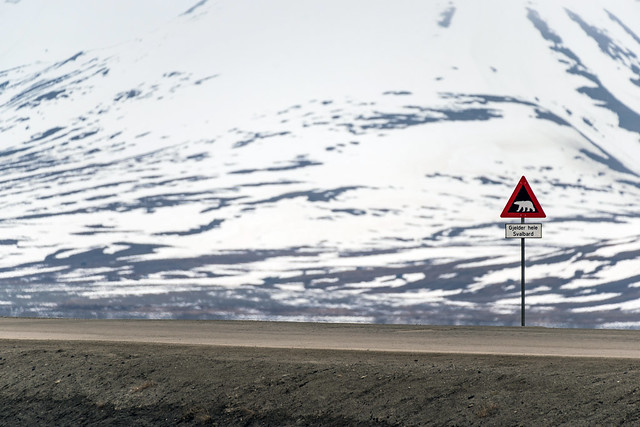 |
| Polar bear danger sign |
Checking on the map, Svalbard seems like a far-away isolated and probably impossible-to-reach
destination. The truth is that is no more difficult accessible than any other town in Norway, perhaps a bit further away. There are daily flights, either from Oslo or Tromso in Norway, both by SAS and Norwegian. If you are looking for a good price, book your tickets long in advance. On Longyearbyen there is a number of hotels and hostels, and the prices vary.
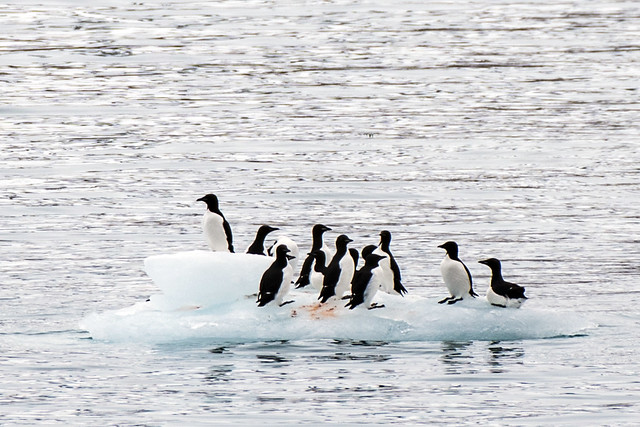 |
| Brünnich’s guillemots |
Once there, it is best to plan some activities. Depending on the season, the island is a mecca for outdoor activities lovers. There is possibility of multi day hiking (provided all necessary permits have been obtained, including the riffle one), dog sledge (both on snow and on wheels!), kayaking, cruise, climbing, ice caving, hiking, bus tour.... It all depends on the time, the adventure level, the budget and of course the time of the year. The main portal where all activities on offer can be found is
Visit Svalbard
A bit of history
The Svalbard archipelago was discovered by the Dutch in 1596. Trying to find a passage to the East via the North Pole, the explorer
Willem Barentsz, made a few attempts as he believed during the summer months, the ice cap would melt completely. He soon realized that this was not the case but he kept coming back and during the 3rd expedition, in 1596, he discovered the Spitsbergen island.
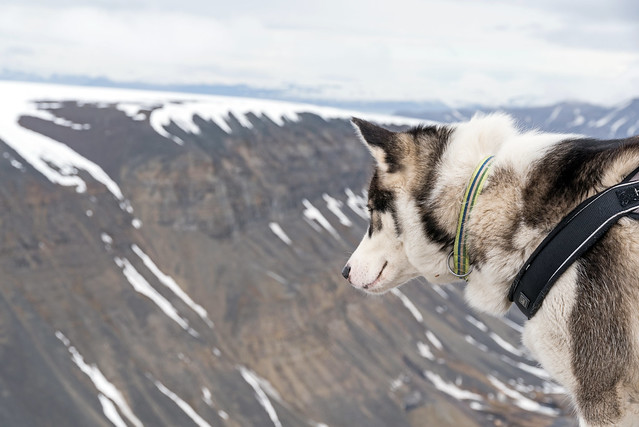 |
| Greenland husky |
The following centuries, Europeans travelled to Svalbard for its rich natural resources. At a time when lamps were running on whale oil, whale hunting was a very profitable business. The Europeans managed to almost completely wipe the local whale population and the number still have not recovered. Along with whales, foxes, walruses, seals and of course polar bears attracted hunters.
In the late 19th century large coal deposits were discovered on the island. Americans, Norwegians, Swedes and Dutch quickly set up colonies to extract the precious mineral. After only a few years, only Norwegians and Russians were left on the island as the rest found it difficult and expensive to continue business.
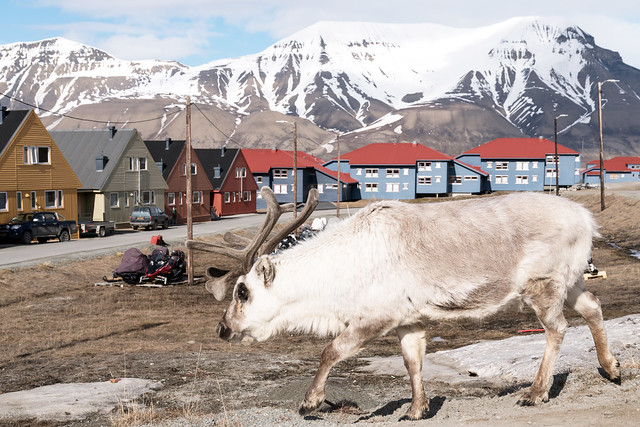 |
| Reindeer in Longyearbyen |
After WWI, along with the treaty of Versailles, the treaty of Svalbard was signed (1920). It recognized sovereignty of Norway over Svalbard but any of the countries that signed could (and still can) set up a settlement on any of the islands. The only country that ever did, apart form Norway, is the Soviet Union.
During WWII all the settlements were evacuated so they would not be captured by the Germans. A small Norwegian garrison stayed behind and in 1943 the Germans managed to capture it. Longyearbyen and the Soviet town of Barentsburg were destroyed.
With the beginning of the Cold war started, the Norwegians and Soviets returned to the archipelago. It was now more a matter of prestige than a real economical necessity to have settlements on the Svalbard. Coal was being produced (and still is) and the two communities lived in harmony together.
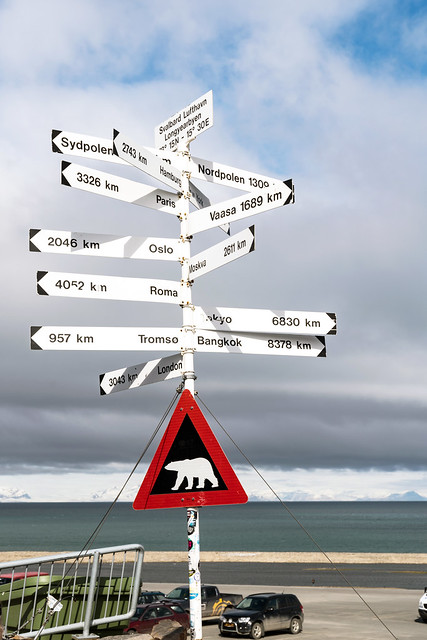 |
| Sign in Longyearbyen airport |
In terms of transportation, until 1975 Svalbard was only accessible by boat and only in the summer months. The last boat with provisions, Christmas trees etc would come to Longyearbyen in November and the next one only in in April. The coalminers in Longyearbyen would live in isolation during the cold winter months. The airport opened in 1975 which changed completely the life of the locals. For the first time they could get fresh food!
Nowadays, with much of the coal either depleted or financially not viable, the Norwegians are trying to diversify the economy. Tourism and scientific research are two important and growing sectors. There are several meteorological and space observation stations with permanent staff. Russians, also not wanting to give up their part on the island, still extract coal in the town of Barentsburg but have left all their other settlements.
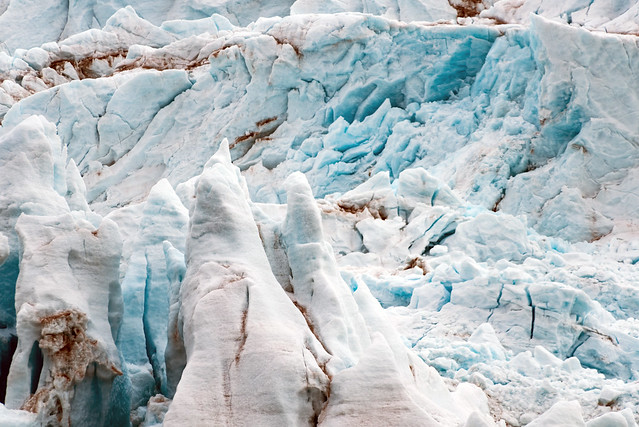 |
| Nordenskjöld glacier |
Svalbard of Spitsbergen?
Svalbard in the name of the archipelago that consists of several islands, Spitsbergen being the largest one. The size of the whole archipelago is around 61000sqkm, similar to the size of Sri Lanka. For many years the name Spitsbergen was used but after the
Svalbard treaty the Norwegians changed the name to Svalbard.
Longyearbyen
"The town where no one is born and no one is allowed to die"
Yes, this is right! In the largest town of Svalbard, no one is being born because the hospital is not well enough equipped, so pregnant women are flown to the mainland. Also, no one can die there because they cannot be buried (the
permafrost makes decomposition a very difficult process). In reality, unless one has a job in Longyearbyen, they are not allowed to stay on the island. So as much as someone would love to stay and enjoy their pension there, they cannot!
 |
| Longyearbyen colorful houses |
With a permanent population of over 2000, beautiful colored buildings and constant presence of tourists, the city is vibrant and welcoming. There are a handful of well equipped stores and a super market which sells most of the stuff (including fruits and vegetables) that I find in my local super market in Amsterdam! The local restaurants serve excellent food (even at 1:30am which is hard to find proper food at this time in Amsterdam!) and the prices are generally lower than Oslo because there is no VAT. Also alcohol is much cheaper. In Radisson Blue, Barents restaurant I had one of the best pizzas I have ever tried (either it was very good or I was extremely hungry!).
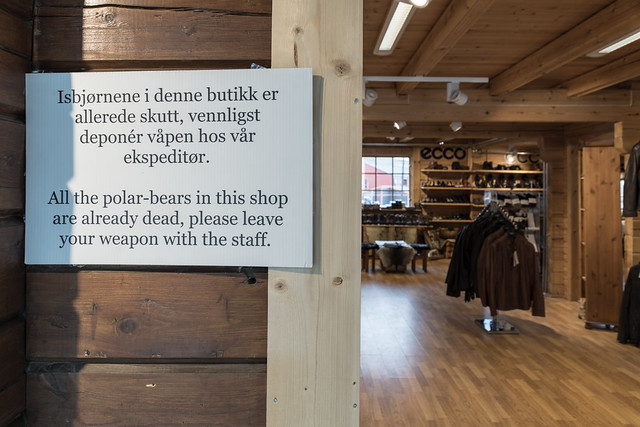 |
| Sign in Longyearbyen store |
Although a bit hilly, the city can be visited entirely on foot. It is spread out but it is well worth visiting every "neighborhood". The local tourist office (located opposite Hotel Svalbard) offers bikes for rent. Because of the polar bear, they can be used only within the city limits.








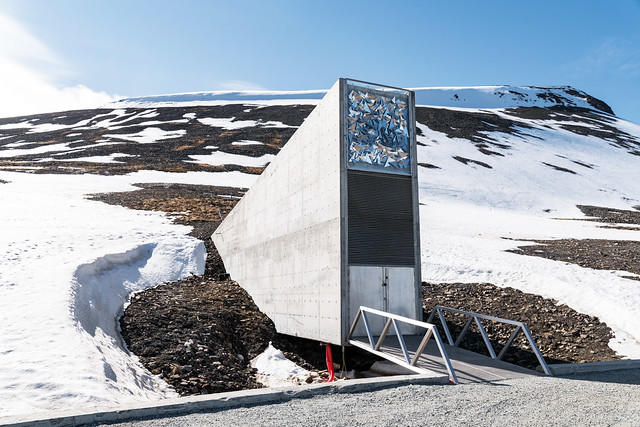
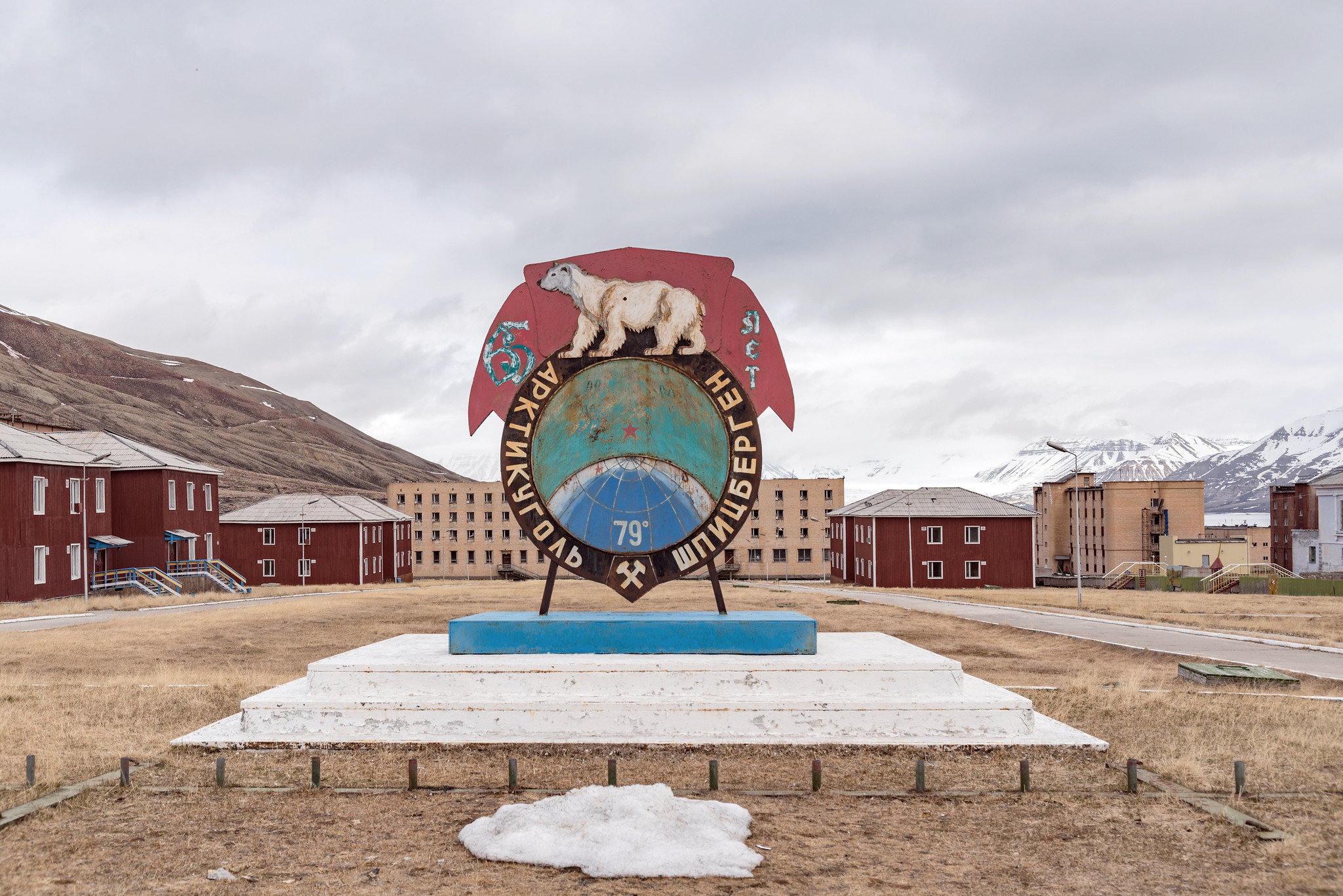
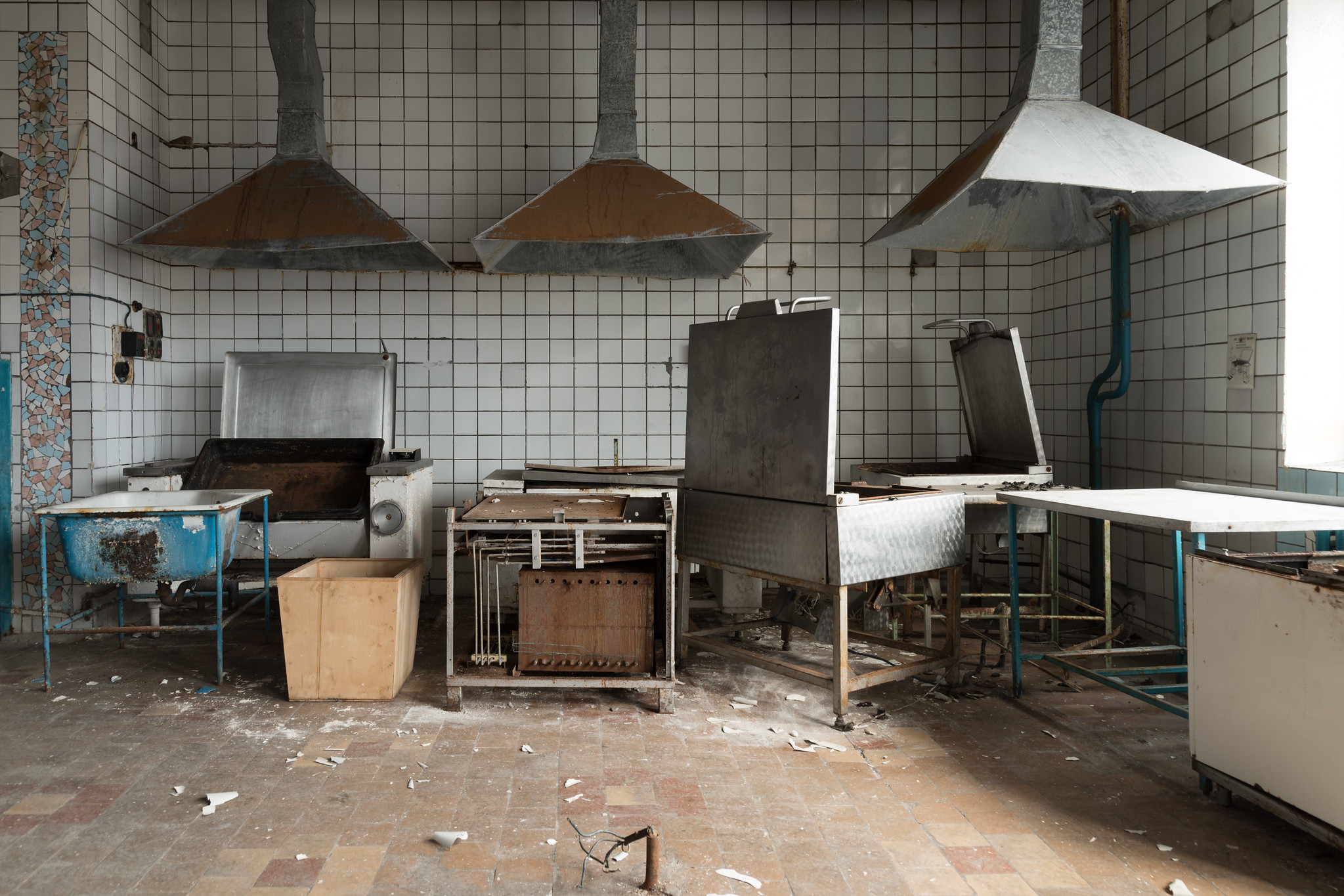
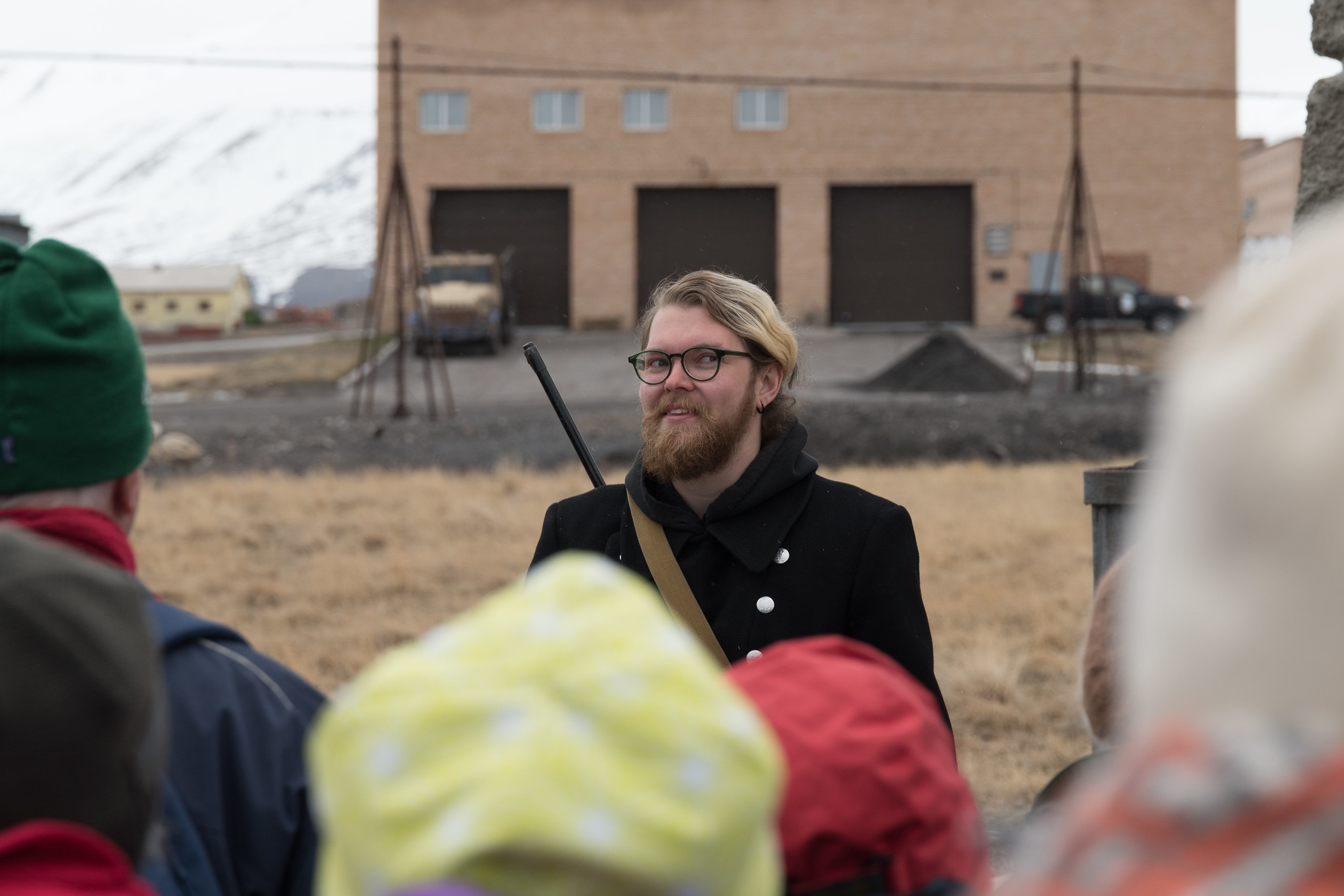
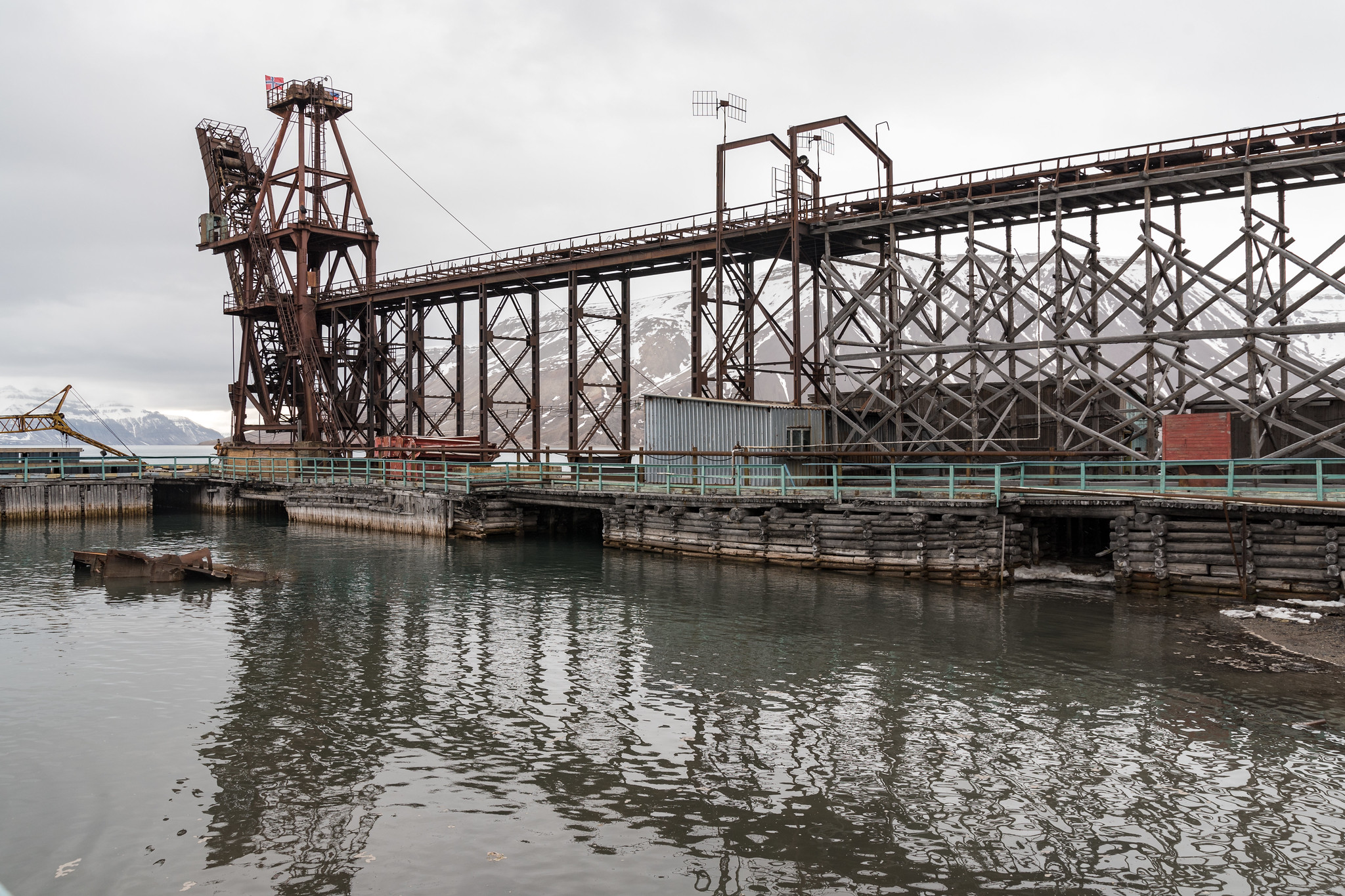
Nice write up!
ReplyDeleteThanks Tracy!
Delete